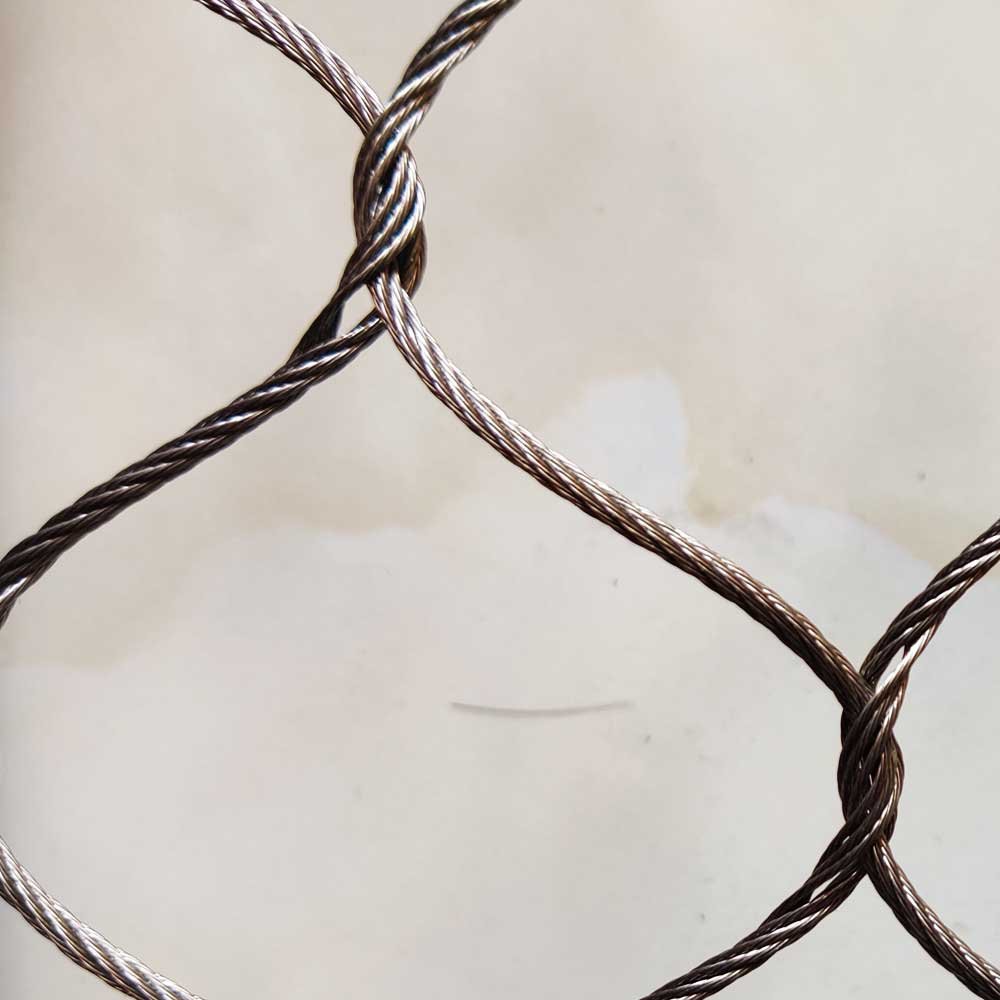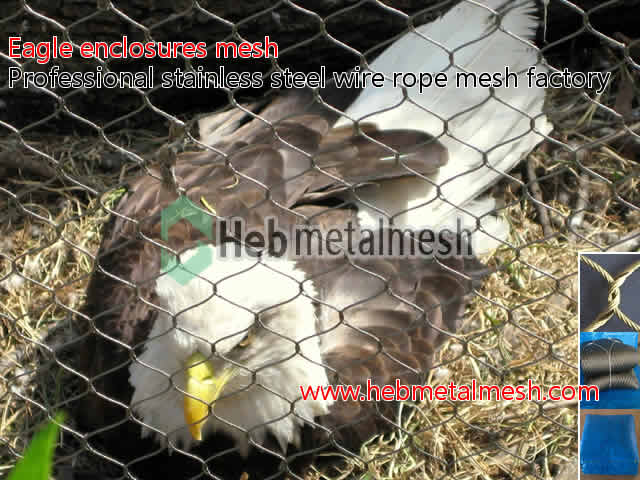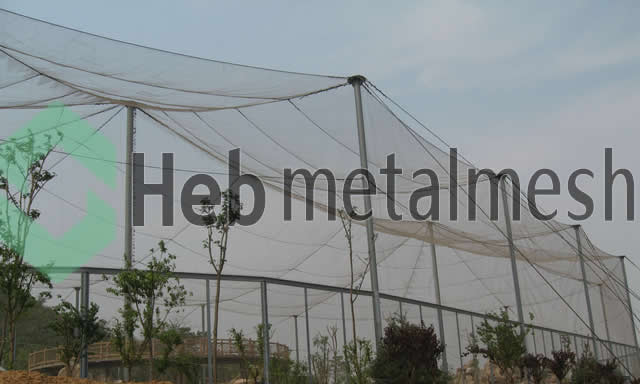Introduction
So, you’re thinking about adding ducks to your backyard? That’s fantastic! Ducks can be delightful and entertaining companions. But before you dive headfirst into duck ownership, let’s talk about their home sweet home: the duck enclosure.
A well-designed duck enclosure is more than just a place to keep your feathered friends safe; it’s their entire world. It’s where they’ll eat, sleep, swim, and play. That’s why it’s crucial to create a space that meets their specific needs and makes them feel happy and secure.
In this guide, we’ll walk you through everything you need to know about building the perfect duck enclosure. From understanding duck behavior to choosing the right materials and layout, we’ll cover it all. Let’s get started!
✌Aviary Netting – Factory direct supply
Understanding Duck Behavior
Ducks are fascinating creatures with unique behaviors that directly influence their enclosure needs. Understanding their natural instincts will help you create a happy and healthy environment for your feathered friends.
Ducks are inherently social animals. They thrive in flocks and enjoy companionship. So, it’s ideal to have at least two or three ducks to keep each other company. This social nature means your duck enclosure should accommodate their need to interact and flock together.
Another key aspect of duck behavior is their love for water. Whether it’s a small pond, a kiddie pool, or even a large water trough, ducks need access to water for swimming, drinking, and preening. Water is essential for their overall well-being and can prevent health issues.
Finally, ducks are natural foragers. They love to explore their surroundings and search for tasty treats. Providing your ducks with opportunities to forage will keep them entertained and mentally stimulated. This can be as simple as scattering their food around the enclosure or planting edible plants for them to nibble on.
By understanding these core behaviors, you can design a duck enclosure that meets their needs and promotes their natural instincts.
Designing the Ideal Duck Enclosure

Creating the perfect duck enclosure involves careful planning and consideration of several key factors. Let’s start with the basics: size and layout.
Duck Enclosure Size and Layout
The size of your duck enclosure depends on a few factors, including the number of ducks, their breed, and available space in your backyard. As a general rule, aim for at least 10 square feet of outdoor space per duck. However, more space is always better, especially if you have an active breed like Runners.
When designing the layout, consider creating different zones within the enclosure. A designated swimming area is essential for ducks to cool off, exercise, and maintain their feather health. Whether it’s a small pond, a kiddie pool, or a large water trough, make sure the water is clean and accessible.
A dry area for resting and nesting is also crucial. Provide a duck house or coop that offers protection from the elements and predators. The coop should be well-ventilated and easy to clean.
Don’t forget about a grassy area for foraging. Ducks love to peck at the ground and find natural treats. If you don’t have a lawn, consider planting some edible plants or scattering duck feed around the enclosure to encourage foraging behavior.
Choosing the Right Materials for Your Duck Coop and Pen
The materials you choose for your duck enclosure will impact its durability, safety, and maintenance. A combination of wood and metal is often a popular choice. Wood provides a natural look and insulation, while metal offers strength and protection against predators.
For the fencing, consider using materials like welded wire mesh or hardware cloth to prevent escapes and protect your ducks from predators. Handwoven stainless steel netting is an excellent option for added security and durability. It’s also resistant to rust and corrosion, making it a long-lasting choice.
When selecting materials, prioritize safety. Ensure there are no sharp edges or protruding nails that could harm your ducks. Also, consider the climate in your area when choosing materials. Some materials may require additional protection from harsh weather conditions.
By carefully planning the size, layout, and materials for your duck enclosure, you’ll create a safe and comfortable home for your feathered friends.
Creating a Duck-Friendly Environment
✌Zoo Mesh Series With Hand woven stainless steel netting
A duck enclosure is more than just a basic shelter; it should be a haven where your feathered friends can thrive. Creating a duck-friendly environment involves providing essential features that cater to their needs and promote their well-being.
Water: A Duck’s Oasis
Ducks are naturally drawn to water. It’s where they bathe, drink, and cool off. Providing a suitable water source is crucial for their overall health. A pond or a kiddie pool can be a fantastic addition to your duck enclosure. If space is limited, a large water trough can also do the trick.
Remember to keep the water clean and fresh. Regular water changes are essential to prevent algae growth and bacteria buildup. You may also consider using a small pond filter to maintain water quality.
Enrichment and Stimulation
Just like humans, ducks need mental and physical stimulation. A boring enclosure can lead to boredom and stress. To keep your ducks happy and healthy, provide them with opportunities for exploration and play.
- Vegetation: Planting various plants within the enclosure can provide shade, natural enrichment, and additional food sources. Ducks love to forage for insects and greenery.
- Hiding Spots: Create hiding spots using bushes, rocks, or even wooden structures. These hiding places offer security and encourage natural behaviors.
- Toys: Ducks can enjoy toys just like other pets! Consider providing them with safe and durable toys that they can explore and interact with.
Hygiene and Sanitation
Maintaining a clean duck enclosure is essential for preventing diseases and parasites. Regular cleaning should be part of your duck care routine.
- Coop Cleaning: Clean the duck house regularly to remove droppings and soiled bedding. Use a disinfectant to kill harmful bacteria.
- Pen Cleaning: Remove any uneaten food, debris, and excessive droppings from the pen. Rake the ground to prevent the buildup of harmful pathogens.
- Water Hygiene: Regularly clean and refill the water source to prevent contamination.
By providing a clean, stimulating, and water-rich environment, you’ll create a happy and healthy home for your ducks.
Duck Enclosure Designs
Creating the perfect duck enclosure is a blend of creativity and practicality. Whether you’re a DIY enthusiast or prefer a pre-built option, there are countless design possibilities to suit your needs and preferences.
DIY Duck Enclosure Plans
Building your own duck enclosure can be a rewarding project. Not only does it allow you to customize the space to your ducks’ exact needs, but it also saves money. There are several design options to consider:
- Fenced Run: This is a simple yet effective design that involves enclosing a designated area with fencing. Ensure the fence is tall enough to prevent your ducks from escaping and predators from entering.
- Covered Pen: For added protection from the elements, consider building a covered pen. You can use wood or metal framing for the structure and cover it with roofing material.
- Duck Coop and Run Combination: This design integrates a duck house (coop) within a larger enclosed area (run). This provides a secure and comfortable space for your ducks to rest and shelter.
When planning your DIY duck enclosure, consider the following factors:
- Space: Determine the available space in your backyard and design accordingly.
- Materials: Choose durable and weather-resistant materials for the coop and fencing.
- Budget: Set a realistic budget for your project and prioritize essential features.
- Local Climate: Consider the climate in your area when designing the enclosure. Provide adequate shade and protection from extreme weather conditions.
Commercial Duck Coop Options
If DIY isn’t your forte, there are many pre-built duck coops available in the market. These coops offer convenience and often come with features like pre-installed nesting boxes and ventilation systems.
When choosing a commercial duck coop, consider the following factors:
- Size: Ensure the coop is large enough to accommodate your flock comfortably.
- Materials: Look for coops made from high-quality materials that are durable and weather-resistant.
- Features: Consider features like nesting boxes, ventilation, and easy cleaning access.
- Price: Compare prices from different retailers to find the best value for your money.
Remember, regardless of whether you choose a DIY or commercial option, the most important aspect is creating a safe, comfortable, and stimulating environment for your ducks.
By carefully planning and designing your duck enclosure, you’ll provide your feathered friends with a happy and healthy home.
Duck Enclosure Maintenance
A well-maintained duck enclosure is essential for the health and happiness of your flock. Regular cleaning and upkeep will help prevent diseases, parasites, and unpleasant odors.
Daily and Weekly Maintenance
- Fresh Water: Ensure your ducks have access to clean, fresh water at all times. Change the water daily to prevent contamination.
- Food and Feeders: Clean food and water containers regularly to avoid bacteria buildup.
- Droppings: Remove fresh droppings from the coop and run daily to maintain a clean environment.
- Bedding: Check the bedding in the coop for dampness or excessive droppings. Replace it as needed to keep your ducks comfortable.
Deeper Cleaning
- Coop Cleaning: Perform a deep clean of the duck coop at least once a week. Remove all bedding, clean the floor, walls, and nesting boxes with a disinfectant. Allow the coop to dry completely before replacing the bedding.
- Pen Cleaning: Regularly remove accumulated droppings and debris from the pen. Rake the ground to prevent the buildup of harmful bacteria.
Prevention is Key
- Predator Protection: Regularly inspect your enclosure for any signs of damage or weaknesses. Repair any holes or gaps to prevent predators from accessing your ducks.
- Disease Prevention: Maintain good hygiene practices to prevent the spread of diseases. Wash your hands before and after handling your ducks.
By following a consistent cleaning schedule and implementing preventive measures, you can create a healthy and hygienic environment for your ducks. A clean enclosure will not only improve their well-being but also make your duck-keeping experience more enjoyable.
Remember, prevention is key. Regular maintenance will save you time and effort in the long run.
Duck Enclosure Maintenance
A well-maintained duck enclosure is essential for the health and happiness of your flock. Regular cleaning and upkeep will help prevent diseases, parasites, and unpleasant odors.
Daily and Weekly Maintenance
- Fresh Water: Ensure your ducks have access to clean, fresh water at all times. Change the water daily to prevent contamination.
- Food and Feeders: Clean food and water containers regularly to avoid bacteria buildup.
- Droppings: Remove fresh droppings from the coop and run daily to maintain a clean environment.
- Bedding: Check the bedding in the coop for dampness or excessive droppings. Replace it as needed to keep your ducks comfortable.
Deeper Cleaning
- Coop Cleaning: Perform a deep clean of the duck coop at least once a week. Remove all bedding, clean the floor, walls, and nesting boxes with a disinfectant. Allow the coop to dry completely before replacing the bedding.
- Pen Cleaning: Regularly remove accumulated droppings and debris from the pen. Rake the ground to prevent the buildup of harmful bacteria.
Prevention is Key
- Predator Protection: Regularly inspect your enclosure for any signs of damage or weaknesses. Repair any holes or gaps to prevent predators from accessing your ducks.
- Disease Prevention: Maintain good hygiene practices to prevent the spread of diseases. Wash your hands before and after handling your ducks.
By following a consistent cleaning schedule and implementing preventive measures, you can create a healthy and hygienic environment for your ducks. A clean enclosure will not only improve their well-being but also make your duck-keeping experience more enjoyable.
Remember, prevention is key. Regular maintenance will save you time and effort in the long run.
✌Stainless Steel Netting For Aviary: reliable, long-lasting solution For Aviary
FAQ (Frequently Asked Questions)
Duck Enclosure FAQs
A: The general rule of thumb is 10 square feet of outdoor space per duck. However, more space is always better, especially for active breeds. Consider the number of ducks you have and their specific needs when determining the size of your enclosure.
A: A combination of wood and metal is a popular choice. Wood provides insulation and a natural look, while metal offers strength and durability. Handwoven stainless steel netting is an excellent option for fencing due to its strength and resistance to corrosion.
A: Several measures can help protect your ducks. Secure your coop and run with strong materials, use predator deterrents, and consider covering your enclosure with protective netting. Regular inspections for weaknesses are also essential.
A: Daily and weekly cleaning is crucial for maintaining a healthy environment. Perform a deep clean of the coop at least once a week. Regular removal of droppings and debris from the pen is also important.
A: While free-ranging can be beneficial for ducks, it also exposes them to predators and other risks. If you choose to free-range your ducks, closely supervise them and provide a secure enclosure for them to retreat to.
A: Fighting can occur among ducks, especially during breeding season. Separate the aggressive ducks and provide ample space to reduce territorial disputes.
By addressing these common questions, you’ll be well-prepared to create a safe and enjoyable environment for your ducks.
Conclusion
Creating a happy and healthy home for your ducks is a rewarding experience. By following the guidelines in this guide, you can build a duck enclosure that meets their needs and brings joy to your backyard. Remember, providing a clean, stimulating, and safe environment is essential for their well-being. With proper care and attention, your ducks will thrive and become cherished members of your family.
So, roll up your sleeves, gather your materials, and start building the perfect duck enclosure for your feathered friends!


